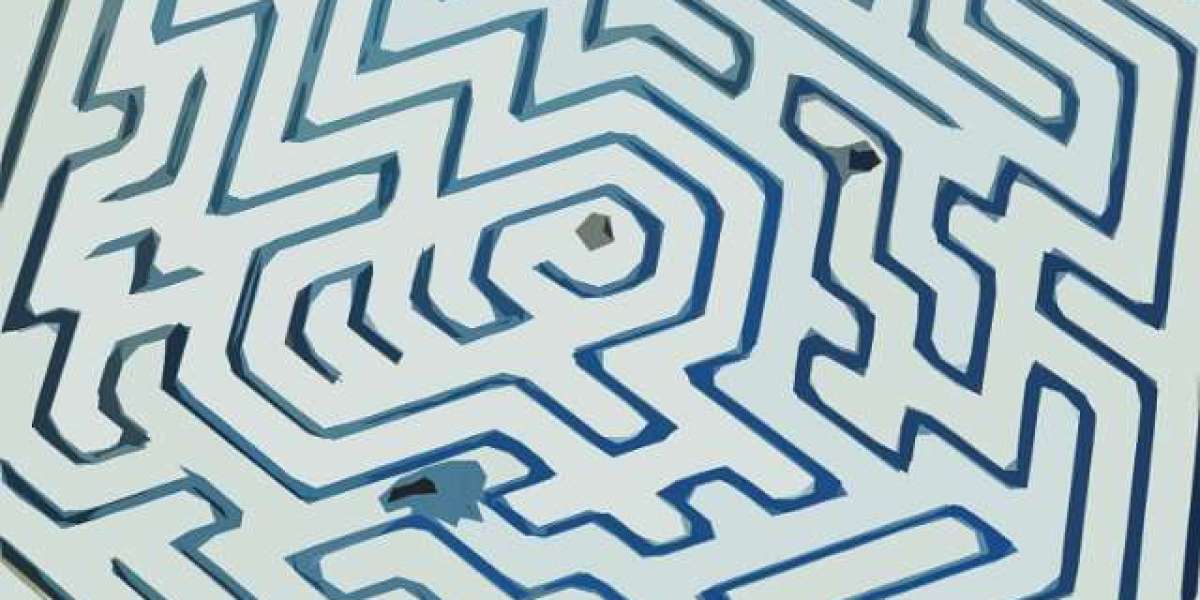In many traditional and off-grid cooking settings, the Charcoal Burner remains a practical tool for outdoor meals, emergency preparedness, and rustic culinary experiences. Its simple yet effective design allows users to cook food efficiently by burning charcoal as the main fuel source, offering an alternative when electricity or gas is unavailable.
Charcoal burners are especially favored in camping environments, small outdoor stalls, and households where backup cooking methods are essential. These devices typically consist of a metal or ceramic body with a grate or support for pots and pans, and ventilation to maintain combustion. Despite their basic appearance, their utility is valued across various settings due to their low cost and ability to generate high heat.
Using a charcoal burner requires some attention to safety and technique. It is vital to place the burner on a stable, heat-resistant surface and use it in a well-ventilated area. To ignite the charcoal, fire starters or kindling can be used, but flammable liquids should be avoided due to the risk of sudden flare-ups. Once lit, the burner maintains a steady heat ideal for simmering, boiling, or grilling food.
One notable feature of charcoal burners is their ability to maintain heat over an extended period. Unlike electric or gas stoves that require continuous energy input, once the charcoal is properly lit, it burns slowly and consistently. This makes it ideal for dishes that require long cooking times or when preparing meals in large quantities outdoors.
In some cultures, charcoal burners are more than just tools—they play a role in tradition and social gatherings. Meals cooked over charcoal often carry a distinctive flavor, especially when meats or vegetables are grilled, and this smoky taste adds to the culinary appeal. As a result, even with access to modern appliances, many still choose charcoal for particular recipes.
However, users should remain mindful of environmental and health considerations. Charcoal combustion produces carbon monoxide and particulates, so it's important to never use these burners indoors or in confined spaces without proper airflow. Additionally, choosing sustainable charcoal or biomass-based briquettes can help reduce the ecological footprint associated with wood-based charcoal production.
For users who seek compact cooking solutions, combining charcoal burners with small electric appliances, such as a 500W hot plate, can provide flexibility and backup when needed. This hybrid approach works well in regions with intermittent electricity or in mobile kitchen setups. While the charcoal burner handles heavy-duty tasks, the electric hot plate can be used for quick, controlled heating.
In conclusion, charcoal burners continue to serve a valuable role in cooking, particularly in off-grid settings or where traditional methods are preferred. Their affordability, portability, and cultural relevance keep them in regular use despite the availability of modern stoves. When used responsibly, they remain a reliable cooking aid across different regions and applications.
For more innovative and space-saving cooking devices, visit https://www.hotplatefactory.com/








